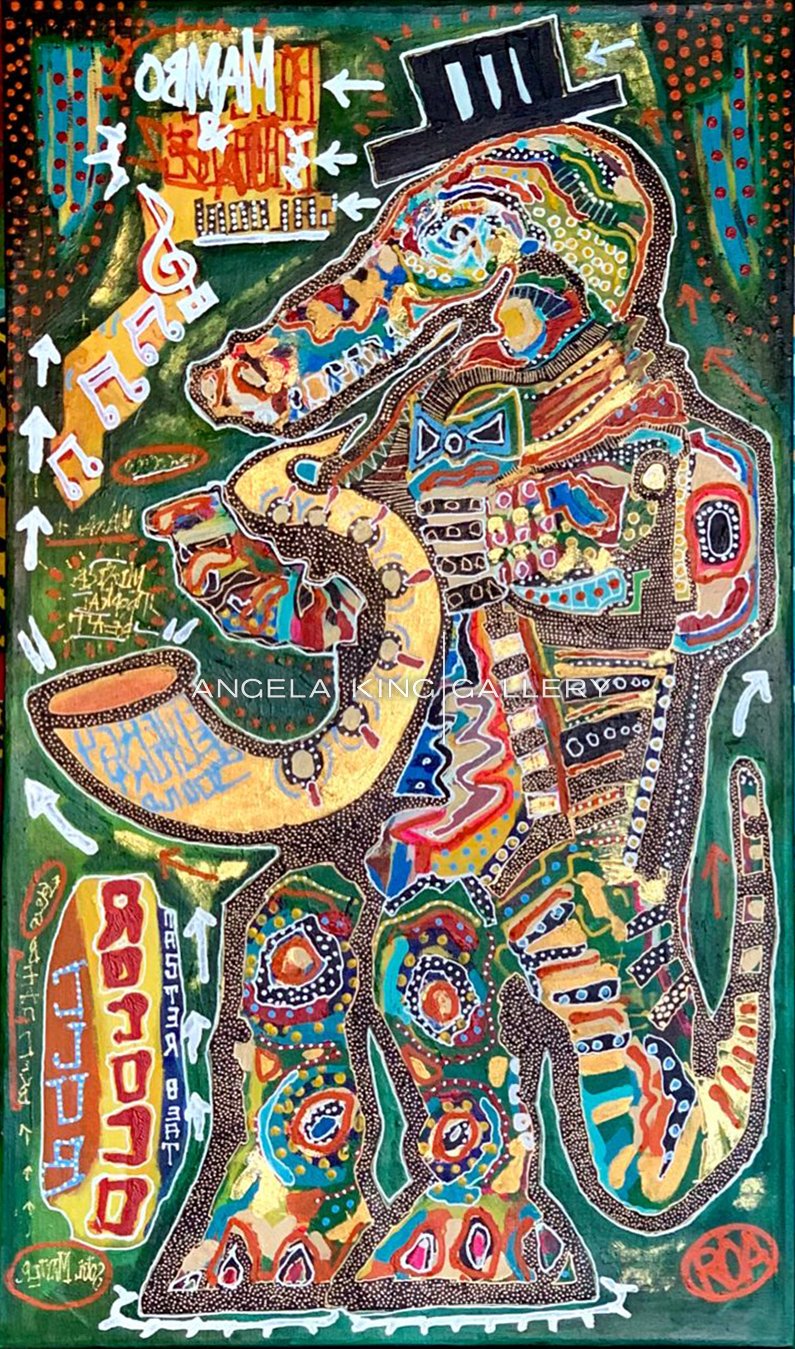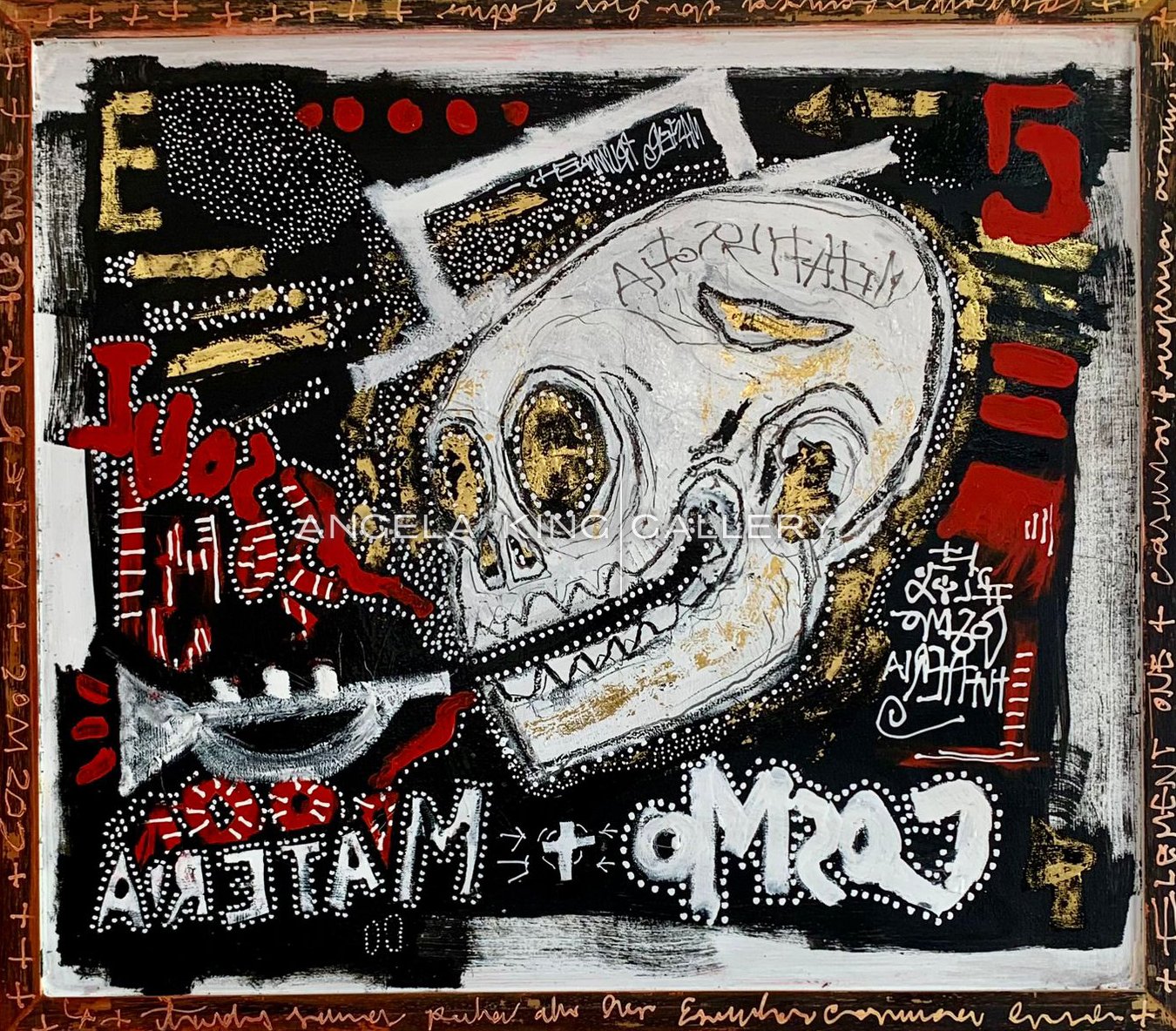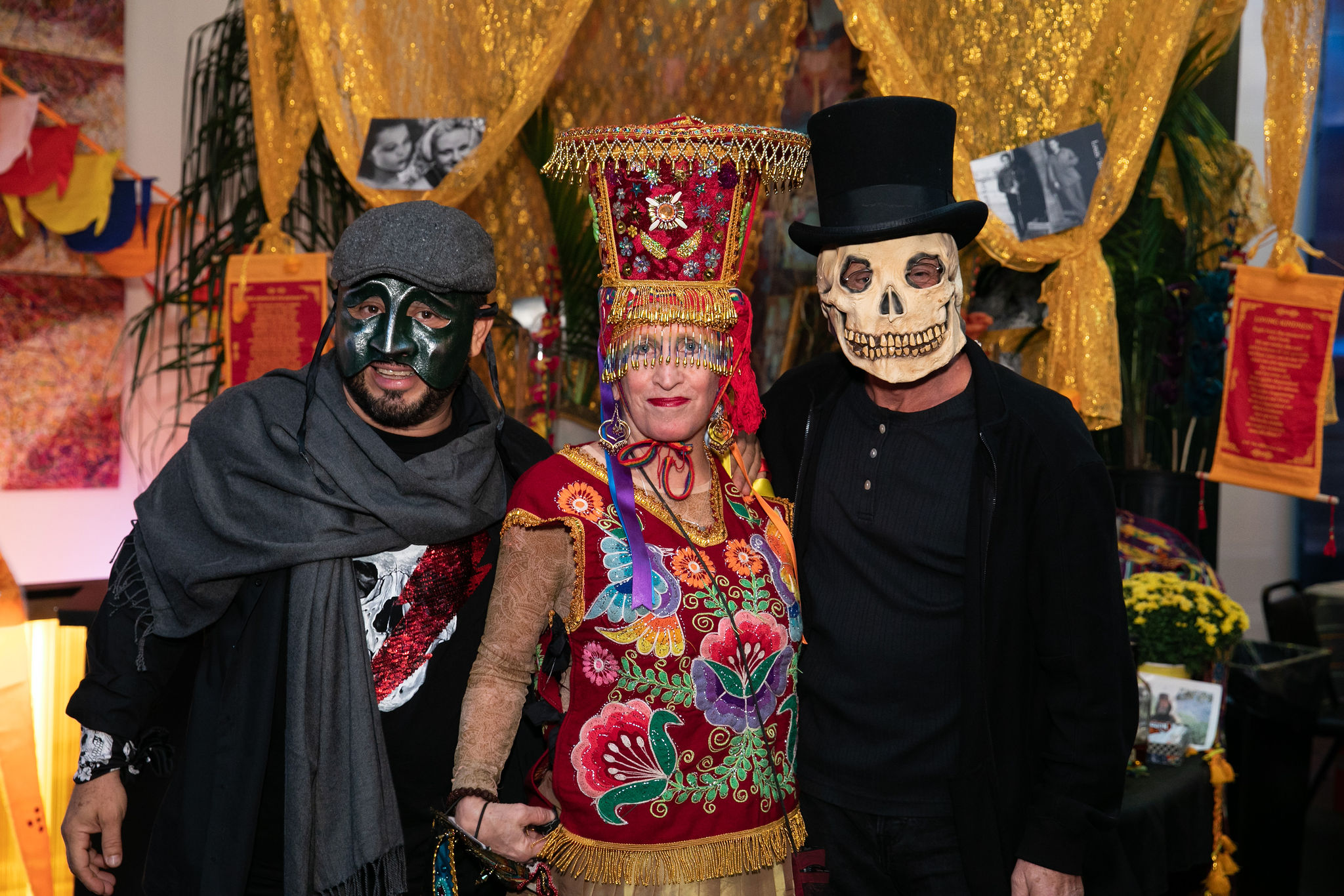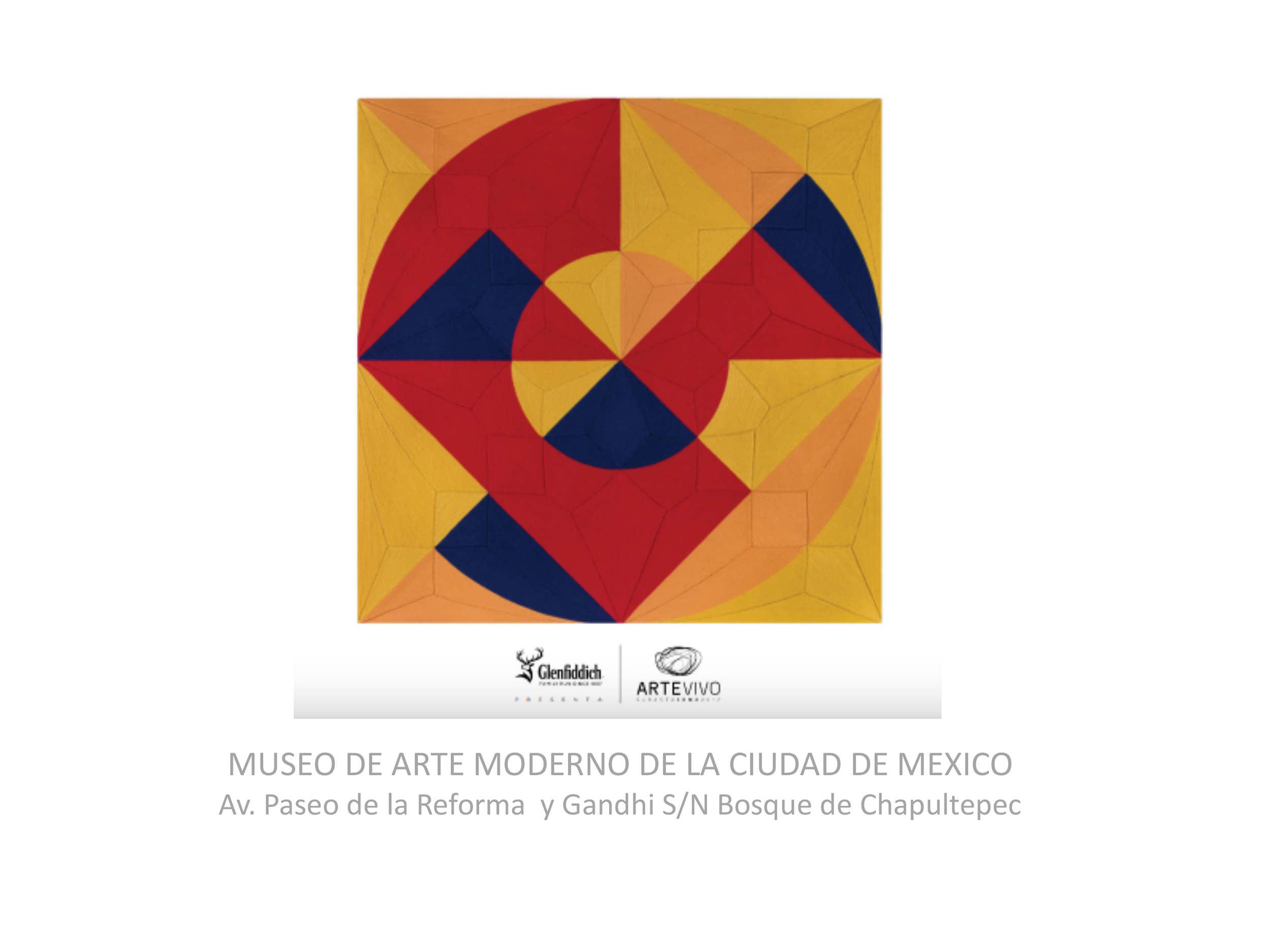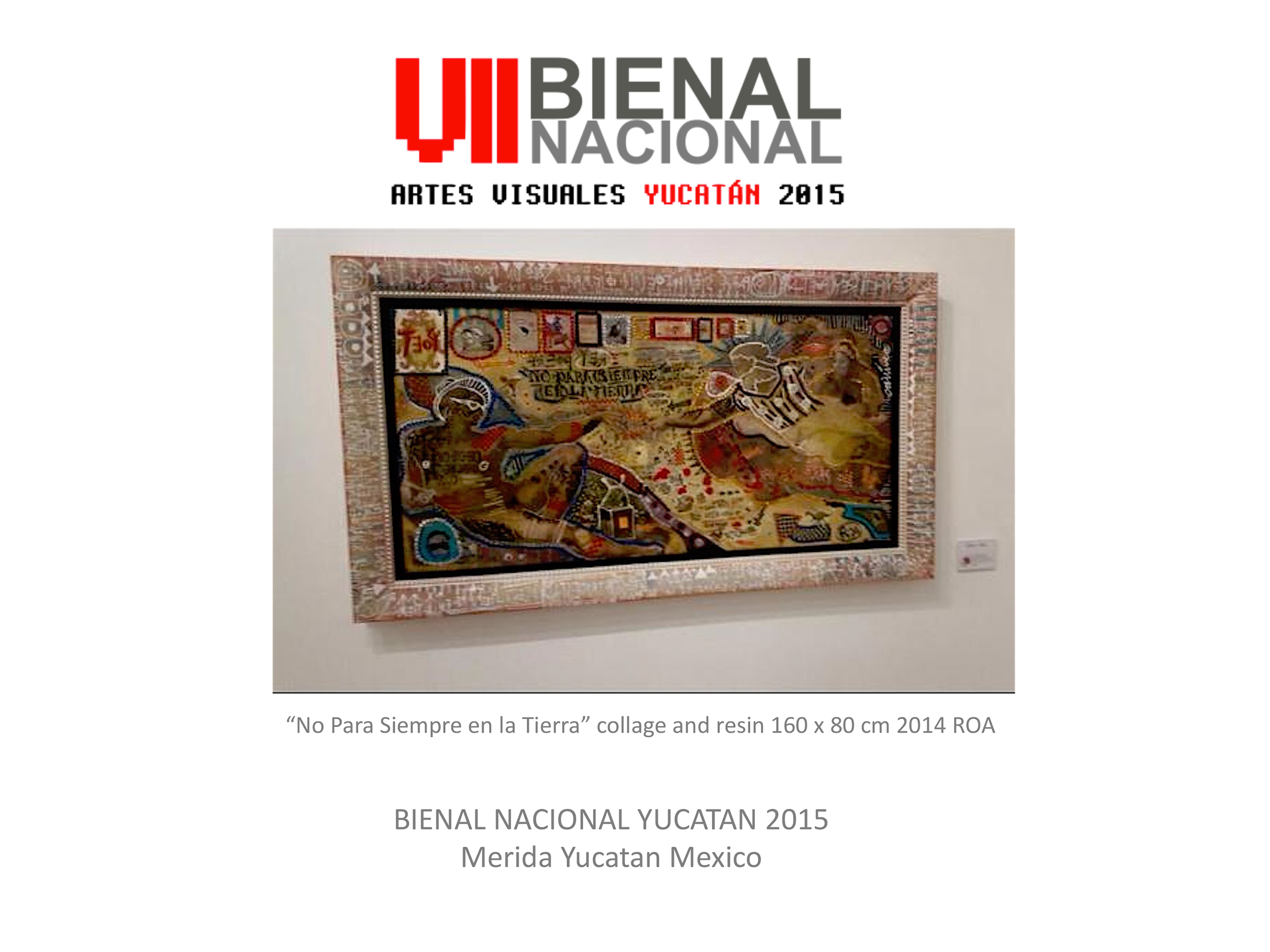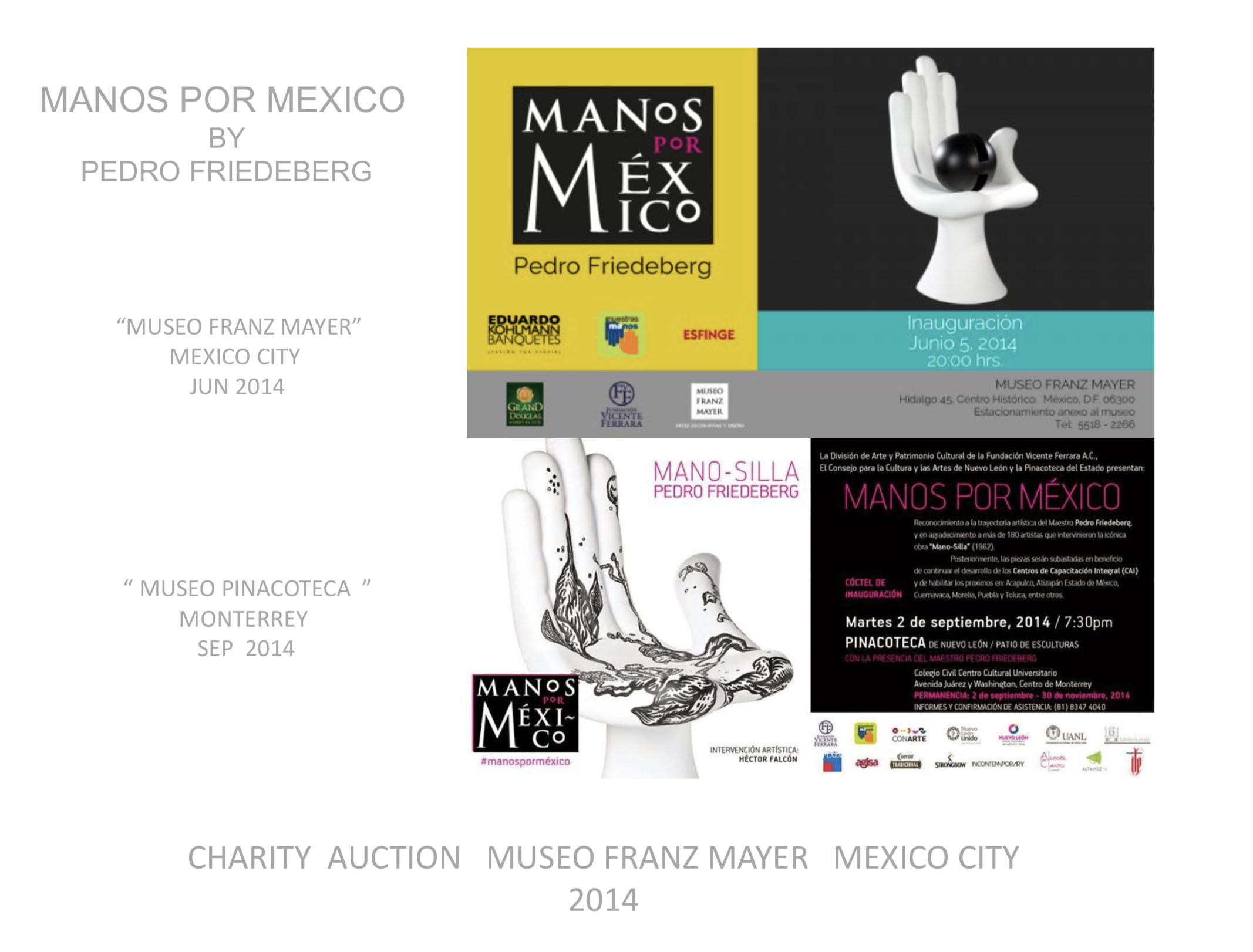jacobo ROA
Jacobo Roa is a Mexican artist that combines all of the visceral elements of his life into mixed media pieces that sparkle with bursts of symbolism and color. Roa creates abstract work by way of realism; the emotional thing by means of intellectualism; spontaneity by way of strategy. Roa takes the artifacts from everyday culture and transforms them into extraordinary compositions. The imagery in Roa’s work is a collection of messages, poems, letters; scientific formulas, magic recipes, classifications of ants, medicinal plants and herbs; addresses, numbers, cities, arrows, signs, compasses, names and places that inhabit his world; words in Spanish, Nahuatl, Maya, Latin, or English that have no absolute meaning but rather move and connect within his paintings, to be considered as part of a window to their worlds.
Artist Jacobo Roa establishes euphoric connections between the visual and poetic elements of Mexican art, from pre- Hispanic into the present. The work references the currents in modern art and the surrealistic world of the jungle and the Caribbean Sea in Playa del Carmen, Mexico.
Jacobo Roa was born and raised in Mexico. As a child, his father worked for the Geologic Institute of Mexico. This transpired into a great interest in scientific aspects of the natural life around him. Roa collected insects, fossils and minerals. He traveled with his father to small villages and to mountains. He experienced landscapes, history, foods, and traditions from all over Mexico. His mother urged him to read the classic of Spanish literature “Latin American Magical Realism” by Garcia Marquez.
Roa studied art in his teens at the Art Institute of Guanajuato. There he became very interested in the work of the surrealists Remedios Varo and Leonora Carrington, as well as the Mexican artists Jose Luis Cuevas and Francisco Toledo.
Through his teens, Roa continued to travel around the country. He visually connected with the color and tastes of Mexico, and his mind captured the soul of his magical country. He prefers mystical places and mountains, archeological sites and beautiful beaches; which is why he decided to settle in Cozumel in 1993. In Cozumel, Roa met artist Galo Ramirez who became his friend and teacher. Then, in 1997, he moved to San Cristobal de las Casas Chiapas and continued to work on his art. He decided to study in Oaxaca at the Rufino Tamayo Art Institute. There he studied under artist Juan Alcazar. This move would define his career.
Roa creates abstract work by way of realism; the emotional thing by means of intellectualism; spontaneity by way of strategy. Roa takes the artifacts from everyday culture and transforms them into extraordinary compositions.
Roa was born left-handed and when he was a little boy he would write everything in reverse. His teachers thought he had dyslexia, but in fact he learned to read and to draw at a very early age. A love for drawing persisted and the backward writing reappeared in his work in his early twenties. Roa plays with images and texts in reverse, creating encrypted messages.
The imagery in Roa’s work is a collection of messages, poems, letters; scientific formulas, magic recipes, classifications of ants, medicinal plants and herbs; addresses, numbers, cities, arrows, signs, compasses, names and places that inhabit his world; words in Spanish, Nahuatl, Maya, Latin, or English that have no absolute meaning but rather move and connect within his paintings, to be considered as part of a window to their worlds.
Roa’s process is chaotic and exciting. He always has dozens of pieces in the process at once. Working on opaline paper, canvas and wood panels with acrylics, ink, charcoal, pencil and crayon. His use of mixed media allows him to create accidents, effects and textures. He believes that all the works relate to one another.
Mural to be featured at Jazz Fest 2025 in the Mexico pavilion
Mural “Catrin”
Mixed media on a concrete wall
Location: Mérida, Yucatán
Year: 2017
The mural is inspired by the character “La Catrina,” created by the artist and engraver Guadalupe Posadas (1852-1913). Famous for his drawings depicting everyday life, folkloric scenes, and sociopolitical critique—as well as his illustrations of “calacas” or skulls—Posadas served as an inspiration for the great muralist Diego Rivera, who incorporated his images into some of his most important murals in the mid-20th century.
Based on this idea, the character “Catrin” in Roa’s mural represents a synthesis of Posadas’ characters with Roa’s own vision of what a “dandy” gentleman of society looked like in Mérida, Yucatán during its peak at the beginning of the last century. This period was marked by the economic boom from “enequén” production, the grandeur of lavish haciendas, and the French-style architecture of the Spanish families who dominated this region of Mexico, reminiscent of the atmosphere in New Orleans.
The composition features a “Mexican Cantina,” with bottles of Tequila and Mezcal, a traditional Mariachi, and texts displaying lyrics from popular Mariachi songs. It also includes the image of a Mexican woman wearing a “Charro” hat and agave plants—the Mexican cacti processed for the production of Tequila and Mezcal.
The artwork exudes the colorful and festive style of a Mexican celebration, where music is ever-present through an old phonograph and a guitarist who plays cheerful melodies from behind the bar as the main character enjoys a glass of Tequila.
The piece is located on a terrace in the historic center of the city and has become a must-visit point. Additionally, this mural features a lighting “mapping” system, bringing the characters to life at night as they move in harmony with the music in a dazzling light and sound show.
Ice Cream Shop / 94.5” x 59.5” / acrylic on canvas *SOLD
ARTWORK
Please click on a thumbnail below to view full image.















